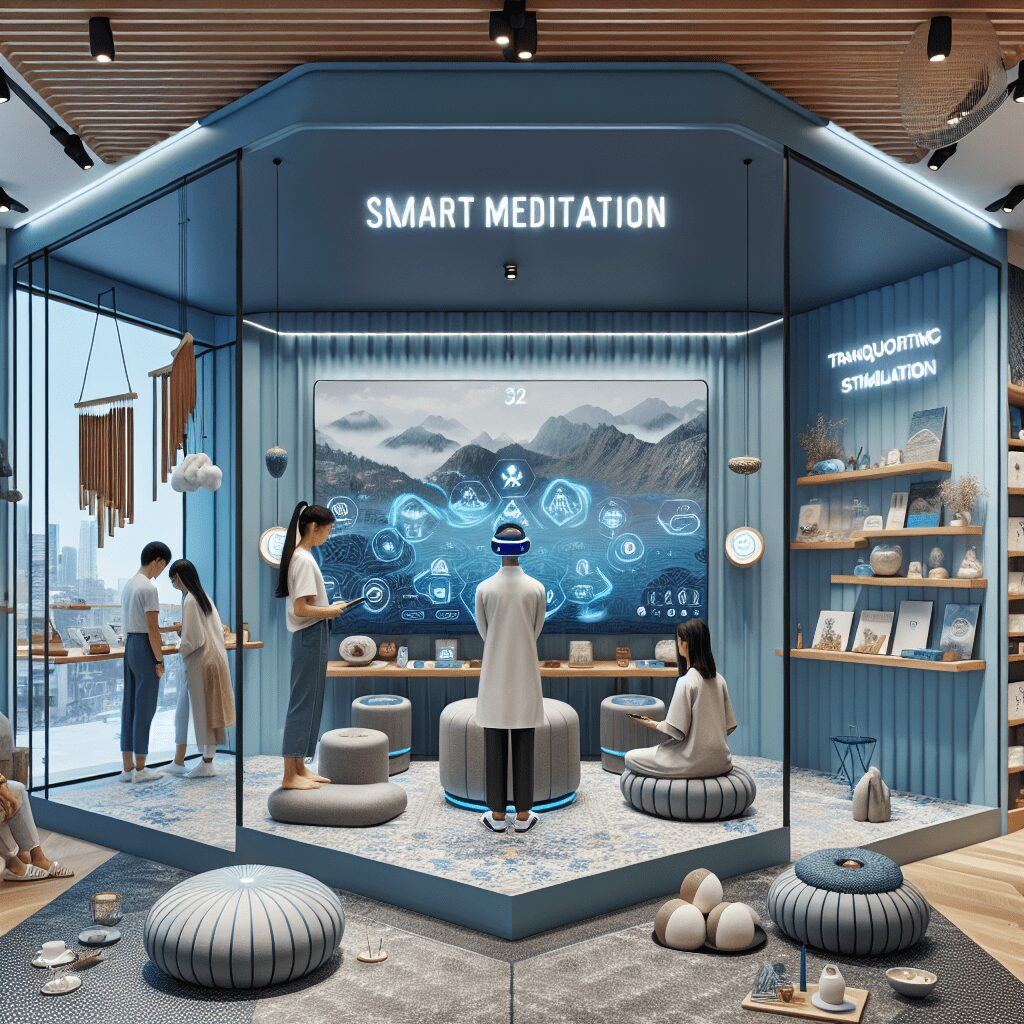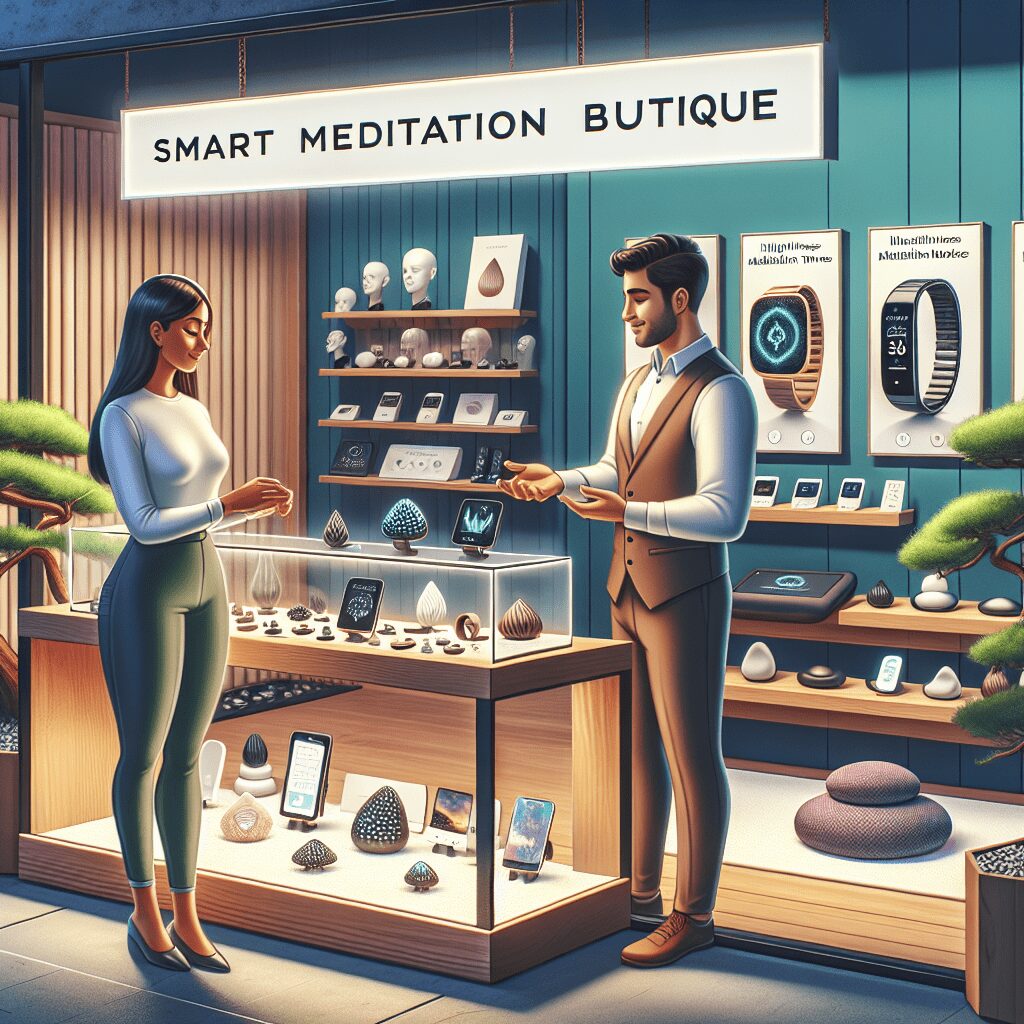
Prioritize your mental well-being daily. Enhance your life by nurturing your mental health with the Smart Meditation app. Break free from stress, alleviate anxiety, and enhance your sleep quality starting today.
How Do You Test If Something Reduced User Stress?
Cracking the Code: Stress Reduction Through User Experience
Amid the hustle and bustle of our daily lives, finding solace in the form of user-friendly products and services is akin to striking gold. Companies and innovators are constantly on a quest to engineer experiences that not only meet but exceed user expectations, ultimately reducing stress and enhancing overall satisfaction. But how do we measure the somewhat elusive impact of these endeavors on stress reduction? The answer, it seems, is a blend of science, psychology, and a dash of creativity.
Tools of the Trade: Methods for Measuring Stress Relief
1. The Pulse of Progress: Surveys and Questionnaires
First things first, one can’t overlook the tried-and-true method of directly asking users how they feel. Surveys and questionnaires, especially when well-designed and timely, can provide a goldmine of insights. By employing Likert scales (you know, those 1-5 rating systems) or open-ended questions, researchers can gauge users’ subjective perceptions of stress both before and after using a product or service. Obviously, the trick here is to craft these questions in a way that’s as clear as crystal, avoiding any potential confusion.
2. Put a Number on It: Biometric Measurements
Now, if you’re all about hard data, biometric measurements are your best bet. We’re talking about the use of wearables and other tech gadgets to track changes in heart rate, skin conductance (yeah, that’s a fancy term for sweat level), and even brain activity. The idea is straightforward: if a product or service is genuinely reducing stress, there should be a notable change in these physiological markers. It’s like putting the user’s stress level under a microscope – quite literally!
3. A Picture Paints a Thousand Words: Behavior Analysis
Keep your eyes peeled! Observing how users interact with a product can shed light on their stress levels. An individual who’s visibly frustrated, frequently pausing, or resorting to the infamous facepalm might be signaling that the experience is more stress-inducing than soothing. Therefore, a grace in interaction post-implementation of improvements can be a silent yet powerful testament to stress reduction. Remember, actions oftentimes speak louder than words.
4. Mad About the Method: A/B Testing
Last but certainly not least, A/B testing is the secret sauce for those who like to compare the old with the new. By presenting users with two versions of a product (the original and the modified), and measuring the stress indicators for each, researchers can identify which version is the true stress-buster. This approach is fantastic because it relies on direct comparisons, cutting through the noise to reveal the impact of specific changes.
The Road Less Stressed: Embracing the Outcome
Implementing these testing methods isn’t just about ticking boxes; it’s about genuinely understanding the user’s journey, with all its twists and turns. By prioritizing stress reduction in product and service design, businesses can not only enhance user satisfaction but also build a loyal customer base that feels understood and valued. So, whether you’re a techie at heart or a numbers guru, there’s ample opportunity to contribute to crafting experiences that bring a little more peace into our bustling lives.
Remember, at the end of the day, it’s all about making the user’s life a tad easier, a bit more seamless, and, well, significantly less stressful. Isn’t that what we all are gunning for?





